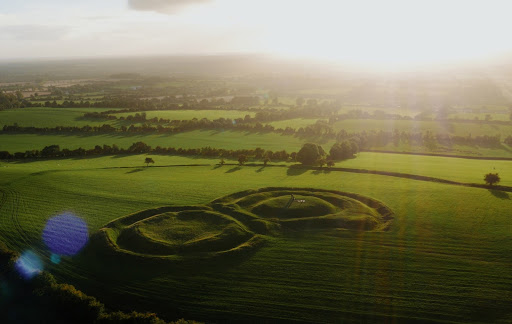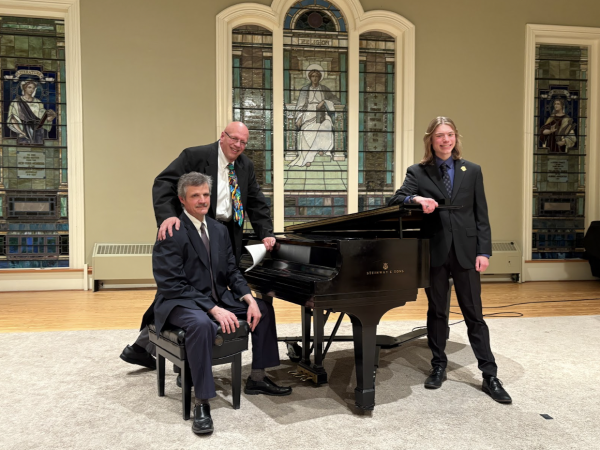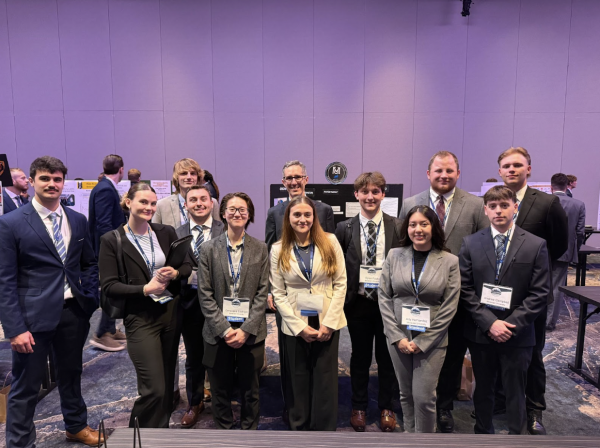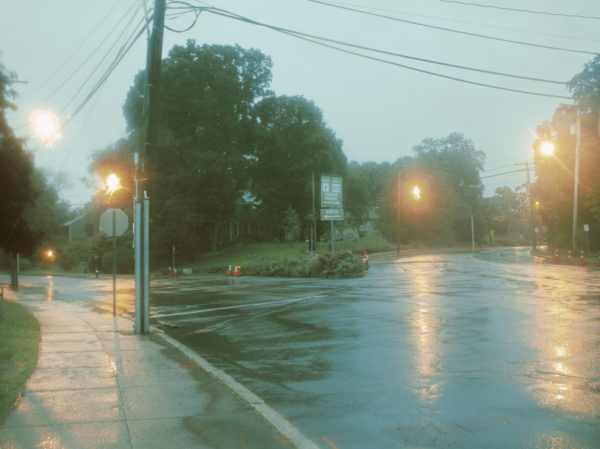Meanwhile, in Ireland: The Tailteann Games

from whytes.ie
You’ve probably heard of the great sporting event the Olympics, but despite the notoriety and long history of the event, there is a precursor, found of course, in Ireland. The Tailteann Games, Áenach Tailteann in Irish (Pronounced AY+Nock Tawl+Chin) predate the Greek Olympics by over a thousand years, and were very greatly regarded. Deeply interwoven with folklore traditions, the games were held consistently for some 3,000 years, only ceasing their activities upon the Norman conquest in the late 12th century, and were intricately mixed with cultural traditions, social aspects, and politics.
Hosted annually at the seat of the High King, Tara (Pronounced Taw+Ruh) in County Meath, the Tailteann Games were considered at its height to be the most important time of the year, even beyond the sacred holy festivals. It was held between 14 July and 1 August, the end of summer festival of Lughnasadh (Pronounced LOO+nuh+suh). The Tailteann Games were far more than a sporting event, however. Festivities were broken into three sections.
The first were the remembrances. Every Games began with remembrances for the dead. Proceedings involved Druid-lead singing and chanting, known as “keening,” joined by the family members of the passed individual, and was followed by a mass cremation of all the dead on one large pyre. It was said all feuds between rivaling clans would cease for the remainder of the event.
The second was a gathering. This gathering was among a group known as the Masters of Ireland, or those with the greatest of skills in the arts and sciences, with the Brehons, or the legal branch of the Druidic order, and the other bards of the land. Bards themselves were considered to be in the same respects as the kings themselves and were usually placed as their equals. These groups would gather to discuss the legal state of the land and decide upon any new laws that needed to be made and put in place. Additionally, the High King would make announcements such as those regarding wars and peace treaties.
Finally, the third part was the games themselves. These games, not dissimilar to the Highland Games in Scotland, which are considered to have been derived from the Tailteann Games, or to the Olympics in Ancient Greece, the events held within the games portion were intended to test the strength, power, and skill of the people of Ireland. The following events were held: long jump, high jump, running, Hurling, a game similar to games like Stick Ball and Lacrosse, with elements of rugby, spear throwing, boxing, wrestling, sword fighting, archery, swimming, chariot racing, and horse racing.
In addition to these sporting events, additional events in the arts were held, such as strategy, dancing, singing, poetry, storytelling, and competitions in a board game called Fidchell. And in addition to the variety of competitions held during the Games, many participating artisans and merchants, as well as others, came to sell their wares to those in attendance.
The original games may have ended with the Anglo Norman conquest of Ireland, but centuries later, in the 1920s and 30s, efforts were made to try and revive the games. In 1922, ‘24, ‘28, and ‘32, the Irish Free-State held a revitalized Tailteann Games, each year with the Games being held following the Summer Olympics. It sadly has not been held again since, however, due to a lack of funding following the 1932 Free-State elections. Perhaps, however, someday it may see another chance of renaissance, as other aspects of Gaelic Irish culture have in more recent years.







